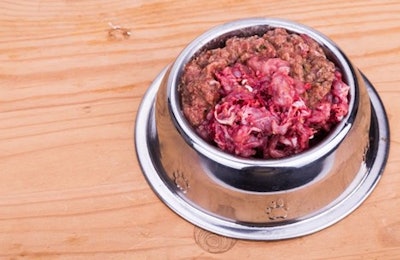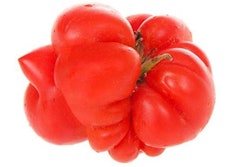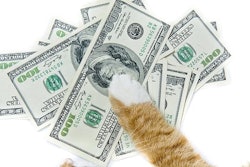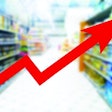
Many consumers continue to gravitate toward less processed food for themselves, and with pets now part of the family, it stands to reason that such products would also be rising in the pet food market. Indeed, so-called alternative formats have been among the fastest growing pet food categories for several years, though starting from a very small base.
For example, 2023 data from NielsenIQ showed frozen pet food sales in the U.S. increasing 14.4% year over year (YOY) with US$358 million annual sales, while freeze-dried pet food grew 21.3% YOY and hit US$422 million. Among these types of products, only dehydrated pet food experienced small growth, 1% YOY, though its sales were a little higher than the others, at US$505 million.
A recent survey of North American and European pet owners touched on adoption trends for such products, though I found myself wishing the survey purveyors (Pets International magazine and Yummypets, an online community for pet owners based in Europe) had probed more into why — or why not — owners might consider these foods for their pets.
Fresh pet food most popular
Conducted in late 2023 and involving more than 600 pet owners in Belgium, France, the U.K., Canada and the U.S., the survey asked feeding preferences for raw (specifically biologically appropriate raw food, or BARF), homemade, fresh, frozen and dehydrated pet food. Curiously, freeze-dried pet food wasn’t among the choices, despite its high growth rate.
About 25% of all respondents said they had fed their pets BARF or raw pet food over the previous six months. By country (at least four of the five), Canada had the highest raw feeding rate, at 29%, followed by the U.K. at 27%, France at 25% and the U.S. at 20%. Also, the pet owners most often feeding raw food trended younger, with a 40% of respondents aged 18-26 years old saying they had fed raw; only 10% of pet owners aged 59 or older had done so.
It seems the survey distinguished raw/BARF from fresh or frozen, though it’s not clear how; nor is it clear whether “fresh” meant commercially sold fresh pet food, as opposed to the homemade food that was also a choice. Regardless, among the formats surveyed, fresh pet food was the most popular, fed by more than half of respondents (52%), with homemade close behind at 48%.
Dehydrated pet food also proved fairly popular among these pet owners, fed by 45%, somewhat matching its sales in the U.S. (if not the growth rate). Only frozen ranked lower than raw/BARF, fed by only 14%.
Within those numbers, feeding rates by country varied significantly. For example, with homemade, a full 63% of U.K. respondents said they feed it, while most respondents in Belgium, Canada and France said they wouldn’t consider it a feeding option. (Perhaps because ensuring proper nutrients for a dog or cat is rather complicated and not recommended by most companion animal nutritionists and veterinarians?)
With dehydrated pet food, Belgian pet owners stood out, feeding it at a 73% rate, followed by Canada at 57% and France at 54%. Pet owners in France seem to also seem to feed fresh pet food fairly often, at 59% of respondents, yet only 34% of U.K. respondents did so.
Pet owners perceive nutrition and health benefits
The survey results did hint at reasons why pet owners might consider these diets, mainly related to nutrition and health benefits. For example, 46% of respondents agreed that raw pet food provides all the nutrients a dog or cat needs.
Somewhat disturbingly, 60% of respondents said they think homemade pet food is better for their pets’ health than commercial pet food; only 9% disagreed. French (62%) and Belgian (51%) of respondents agreed homemade pet food is healthier, which interestingly, doesn’t really match up with the usage rates. It does say, in my opinion, that more education about homemade pet food is needed in France, Belgian and the U.K., with that 63% feeding level.
The one factor I really wish the survey had asked about is price. These types of pet foods tend to be more expensive than more traditional formats; the NielsenIQ data showed U.S. pet food averaging at US$3.06 per pound in 2023, yet frozen cost more than double that (US$7.63 a pound) while freeze-dried pet food cost six times more (US$18.79 a pound). Only dehydrated came close to the average at US$3.90 a pound. Apparently, other factors are at play when it comes to what pet owners will consider feeding their pets.

















